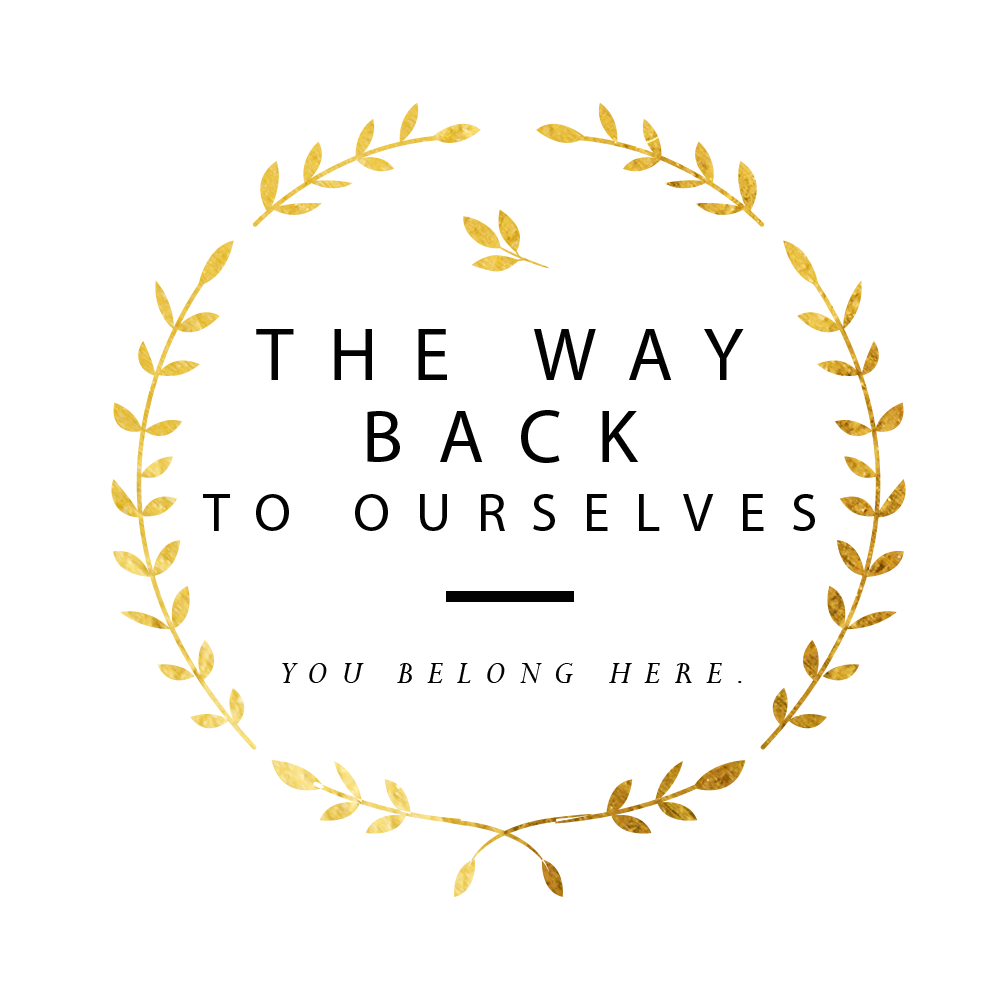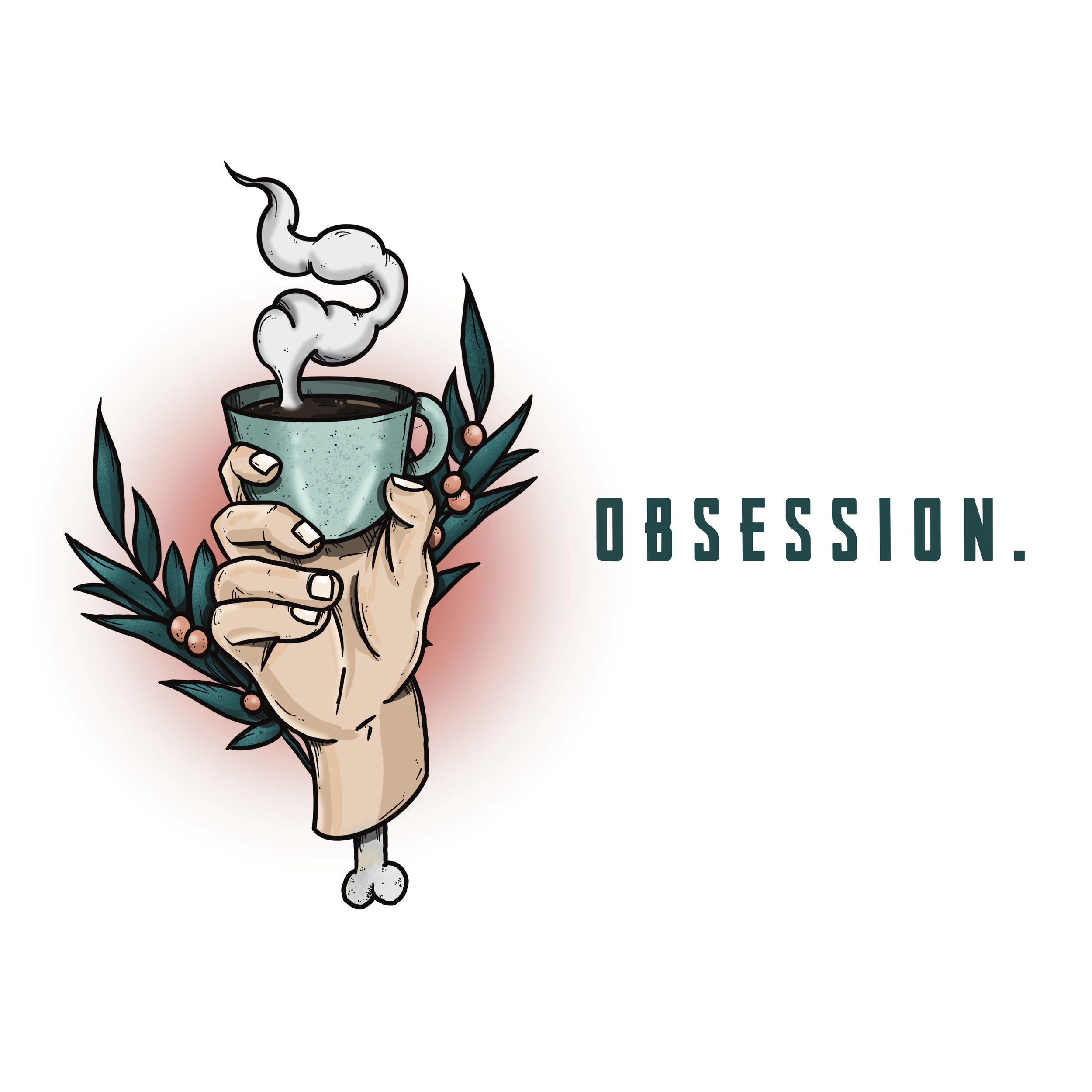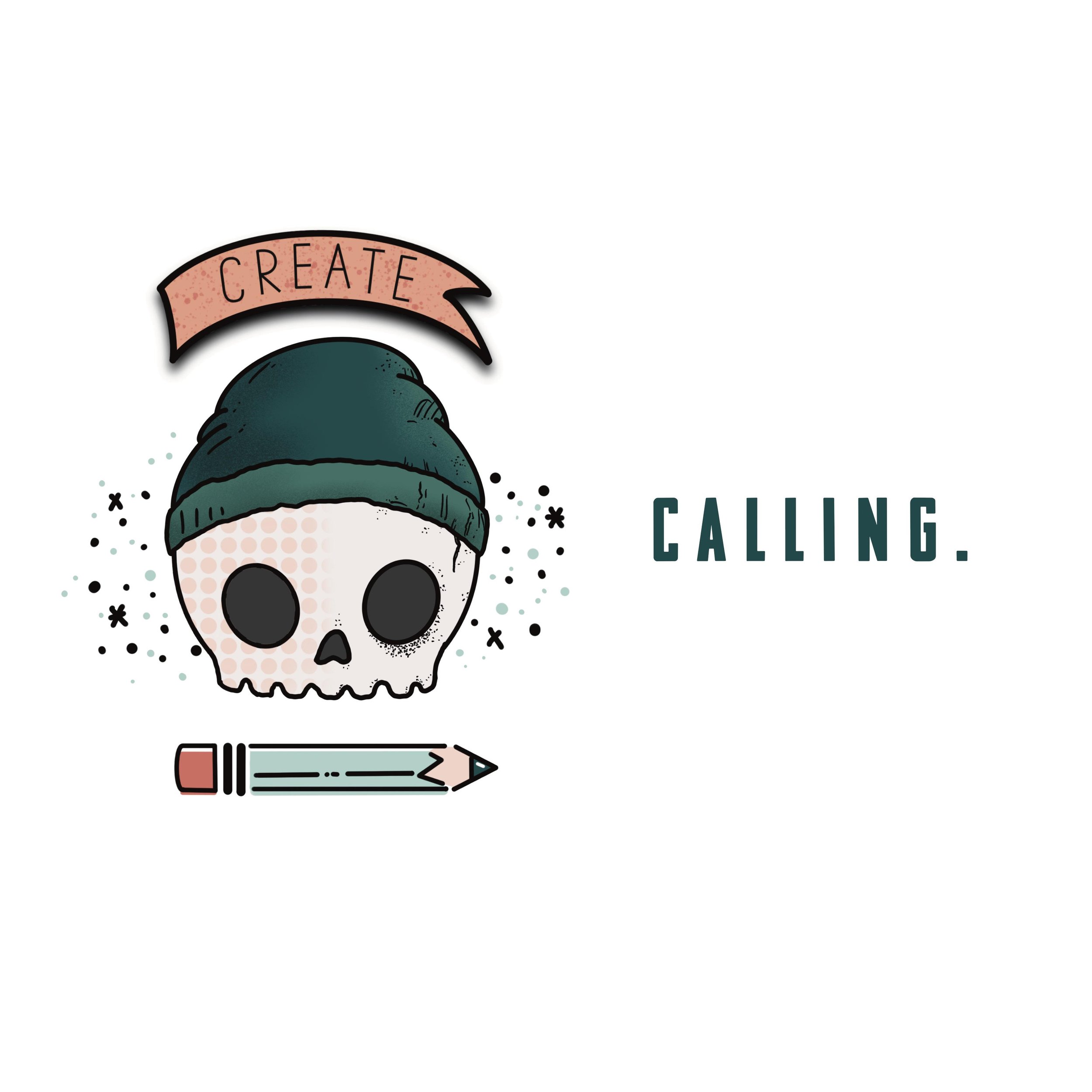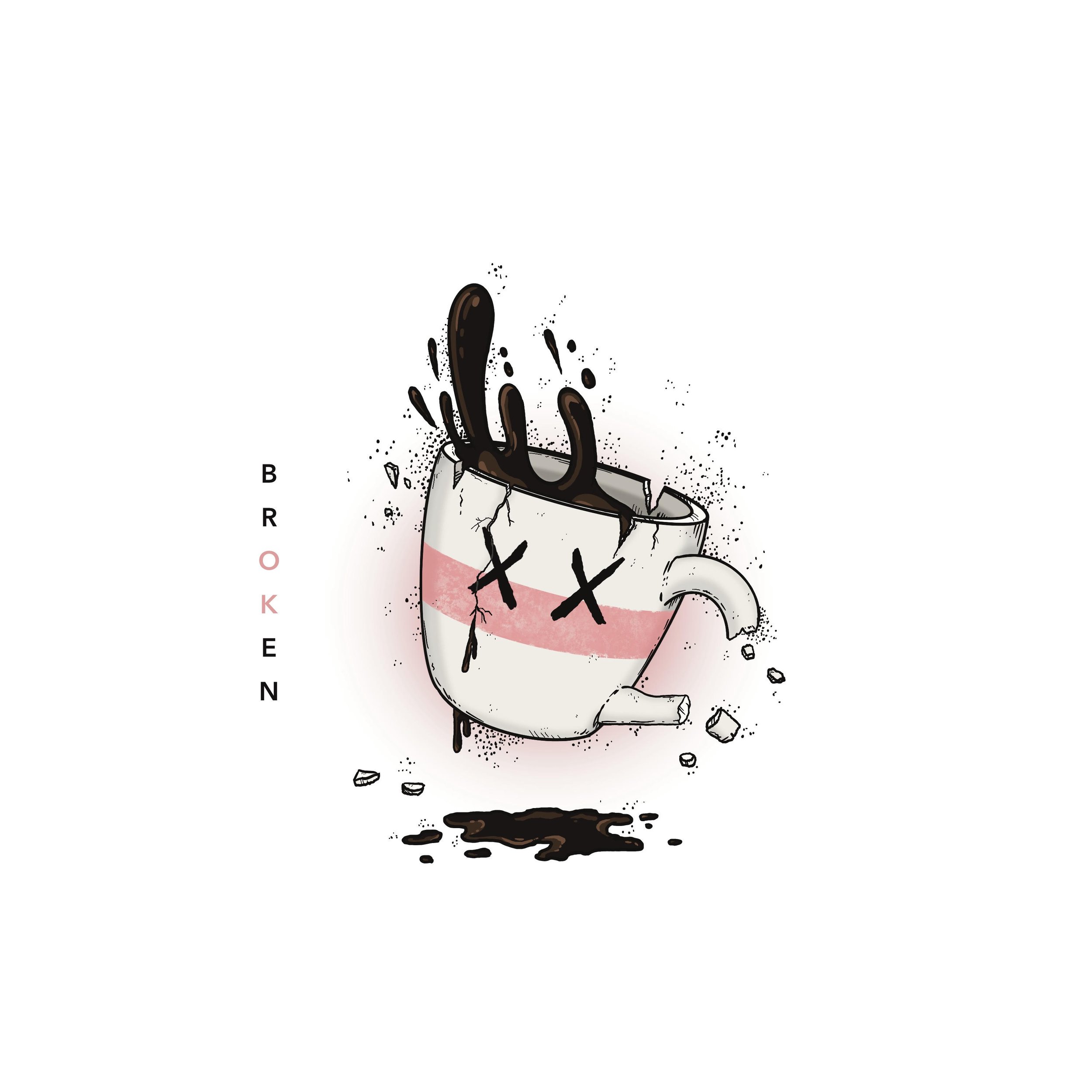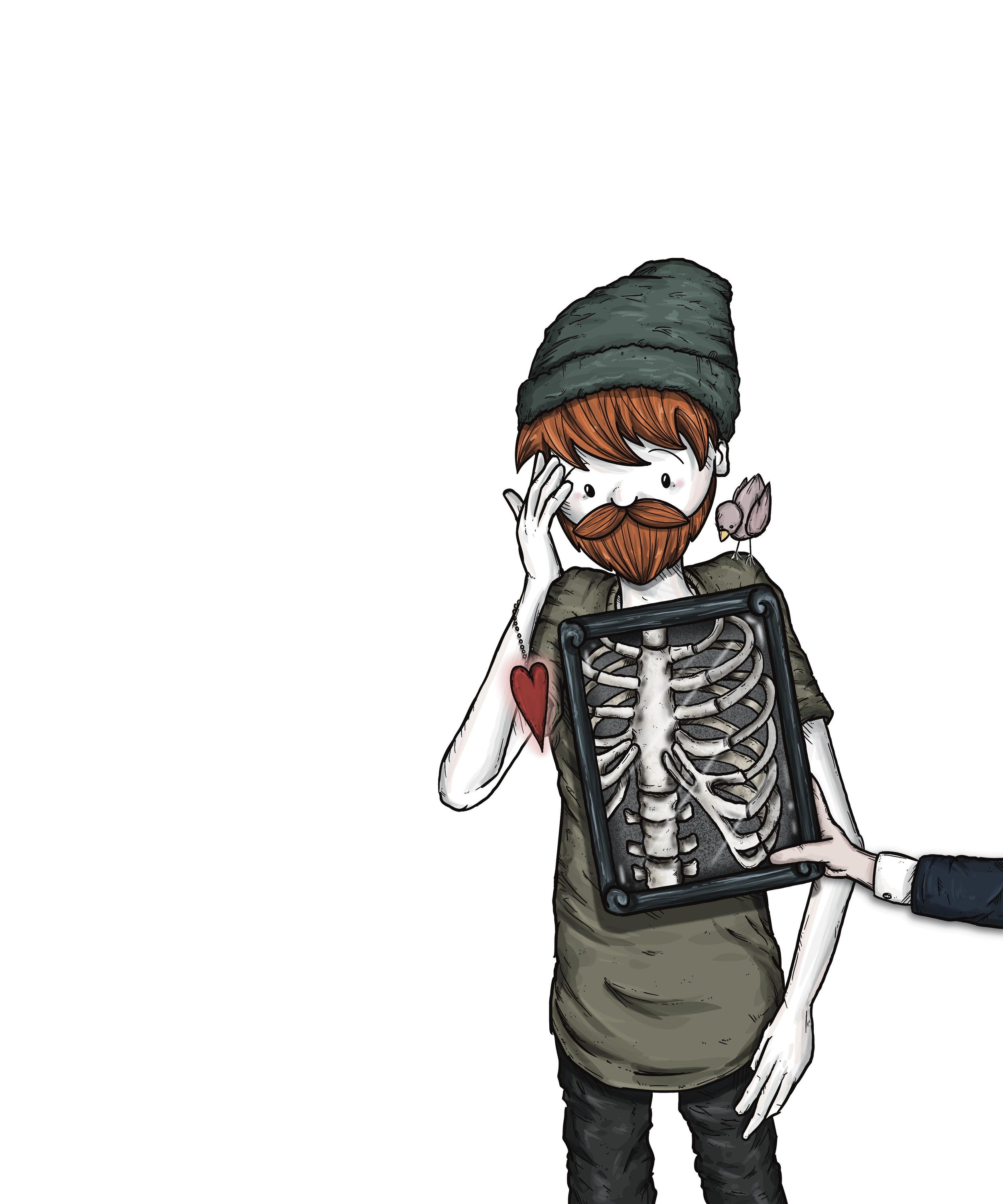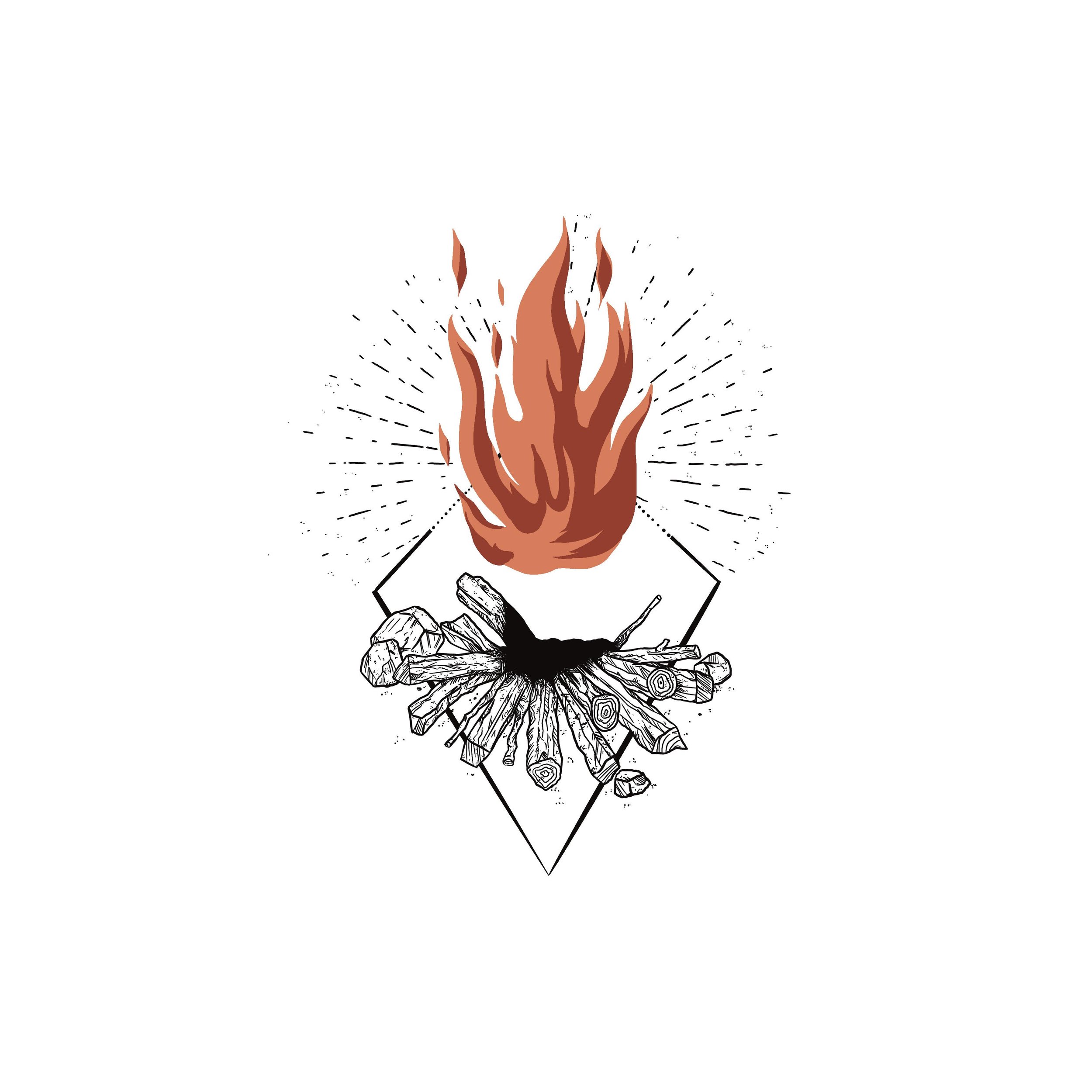The Artist’s Interview: Steve Veasey, Illustrator and Writer
Interview with Kimberly Phinney
The Way Back to Ourselves is proud to present:
T H E A R T I S T ’ S I N T E R V I E W
with Steve Veasey, illustrator and writer
KIMBERLY: Your story is so powerful, and I am so excited to help you tell it–to lean in, listen, and learn. But before we go deep, we always like to do a unique “getting to know you” challenge. So, you’re an illustrator AND writer, so you know we are really going to challenge you! So, here are three words. Use an illustration with a caption to reveal things about you to our readers, so we can get to know you! Sounds fun?!!?
STEVE:
HOME: Home is the Pacific Northwest for me! Home evokes imagery of lush forests, lakes, and beautiful scenery. And I carry this sense of home wherever I go.
OBSESSION: Coffee. I'm a self-professed coffee addict, but for all the right reasons! Coffee represents sacred moments, slowing down, and engaging with others through conversation.
CALLING: I take the mandate of "created to create" very seriously. In this illustration, the skull represents vulnerability—something that I want to pour into anything that I create.
KIMBERLY: You truly hit that challenge out of the proverbial park! Those illustrations are so rad. Thank you!
What I hope to help reveal in this interview is your beautiful story and the very powerful and painful intersections of faith, illness, and creativity that you share about in your book Thin Spaces and on your Instagram platform @steve.can.draw. You weren’t always a Christian, and you weren’t always an artist. A couple of very painful experiences drove you into the world of faith and back into the world of creativity after many years of being pressured to abandon it. Are you willing to share those two stories? I think it lends SO much power to your art and platform.
STEVE: My inclination is to say that my creative story began around two years ago, but that's really when the plot twist happened. Going back to the beginning, the identity of creativity was imprinted on me at a very young age. I would carry a sketchbook with me everywhere I went—even if it was only a five-minute drive to the store. I had an entire career of being an animator mapped out in front of me at the age of ten. I was convinced that this was the vocation for me.
In my late teen years, I had a dramatic conversion experience to Christianity and felt a calling to get into ministry. As I went to Bible College and spent time pastoring, I continued to explore ways that I could continue to be creative within the walls of the church. Unfortunately, some of the surrounding people in the church discouraged art and claimed that it did not glorify God, and that I needed to fully "surrender myself and sacrifice art." In being young— both in age and new to faith—I trusted and listened to those voices.
In the years to follow, some significant church-hurt occurred, and I stepped away from the ministry calling.
A couple of years ago, I felt the urge to draw and write again, but the voices in my head reminded me that "art didn't glorify God." My wife helped me process this and became a champion for me getting back to the creativity that I so desperately needed. I started the "Steve Can Draw" platform simply to share my illustrations and to discipline myself to spend time creating every day. I had no agenda beyond that.
The "Steve Can Draw" phrase has been incredibly redemptive, as it speaks against the years of my life in which art carried restrictions and is an affirmation that I CAN do it. My goal now is to create with vulnerability and to stay true to myself and encourage others to pursue their own authenticity.
KIMBERLY: That is such a powerful story. It breaks my heart to hear your creative talents and offerings were discouraged. God is the great creator, and his creativity is endless. It’s a shame that some people don’t see our creative urges as a part of Imago Dei.
So, if you’re good with it, let’s talk about church-hurt. I know this is a hard thing to talk about, but it’s something that is heavy on my heart, too. And so many of our readers have walked the halls of hurt, too. How can the church and its leaders, as well as the Christian community at-large, improve the way they respond to creatives and those who struggle with mental health? There is a heavy trend–anecdotally and in the research–that this demographic is profoundly misunderstood by the church, and we know it's God’s heart that we have compassion and unity with one another. So much of it must be misunderstanding each other and the complexities of mental health.
STEVE: Being over a decade removed from the origin of my own church-hurt, I'm beginning to see it with different eyes. I think that the perceived danger for many that work in a church setting is that their vulnerability could literally cost them their livelihood. Expressing a doubt or an unpopular opinion—or even admitting your own mental health struggles—could put you out of a job.
Having said that, the church primarily should be a safe place for people—by definition, the safest one out there. I would encourage people to circle back to their "why" and purpose of being part of a church or Christian community. If it was to love God and to love other people, then we need to reassess what love looks like.
In my vocation as a pastor, I was told that creativity did not have a place in the church, despite being told to believe in the God of creation. When I had doubts about my faith, I was told that I either needed to go pray my doubts away, or that there wasn't room for doubt in the Christian walk. In truth, I wasn't looking for answers—just someone to validate me by simply listening. In the narrative of Job in the Bible, after he loses everything in his life, Job's three friends came to sit with him in silence for a week because his grief was so great. I think that is a beautiful picture of how we can be the change. We don't need added judgment, but just someone to come alongside and sit in the silence with us.
KIMBERLY: That is so beautiful, and I couldn’t agree more. There is power in the ministry of presence—bearing witness in silence. And I loved what you said about reexamining our “why.” In playing church, we somehow miss the essence of what church should be.
What would you want to tell faithful creatives who might be suffering with where they belong in the church, with their mental health, or with their creative direction? I know that’s a layered question.
STEVE: I wish that I had an easy answer for this as it's still something that I'm trying to figure out. The lesson that I've been learning in the past few years is that I need to broaden my scope in each of those areas.
You aren't going to fit everywhere, and nor should you. When used with positive intent, social media can be an incredible point of connection. Some of the best coffee chats that I've had have been through Facetime with a person who lives in a different country—who has more in common with me than almost anyone else in my hometown.
My local art community consists primarily of retired women who create beautiful mosaics with stained glass, and I don't really fit in with that crowd. But in the Instagram creative community, I have found belonging with people who have similar interests and experiences. If you cannot find your tribe—or if you prefer to travel the journey solo, then I encourage you to lean into your craft even more.
Paint more canvases. Write more songs. Create more art. Your creativity is an intrinsic gift that you carry with you and may be the place where healing begins.
KIMBERLY: Oh, I love that thought: Your creativity may be a place where healing beings.
And speaking of creativity and healing, can you talk to us about your book Thin Spaces? We’d love to hear more about this passion project. Would you be willing to share a few favorite lines or a passage?
STEVE: Writing Thin Spaces began as a source of personal healing. It was a safe space for me to express my doubts and questions about my faith. At a time in my life where everything had fallen apart, I began to see that there were sacred moments looming around me in the mundane of everyday life. While I was writing the book, I encountered many others that also were lacking the safe space to share their doubts, and I wanted to create a judgment-free space for them through my experiences.
As the book was released, I heard this over and over again: "The story you shared is also my story. You asked the questions that I was too afraid to ask." That response is incredibly humbling and empowering.
One of my favorite lines from the book is this: "when I die, I wonder if my tattoos will come with me to heaven?" (I write in all lowercase, by the way.) The line comes from a larger writing that expresses the hope that upon death, our personalities and unique qualities won't be reset but will be carried through with us.
When I was a child, I had this Bible picture book that had a drawing on the last page with everyone in Heaven that looked like a pack of clones. Even at five-years-old, I desperately hoped that this isn't what heaven would be. As we discover who we are now, and uncover our identities, I believe that these truths stand so strong that they will transcend with us into eternity. Each tattoo that I have contains symbolism and a story behind each one, and I never want to let those go.
KIMBERLY: I love that thought. I hope Heaven is as colorful and varied as we are here on Earth, too. Christ brought his scars with him to Heaven, so maybe we will bring our scars and unique identities, too. I sure hope so!
With your struggles and victories with mental health, men’s wellness and mental health is obviously at the center of your artistic work. What messages and changes are you hoping to share and create through your illustrations and writing?
STEVE: Men's mental health is something that I'm incredibly passionate about. I've met many other creatives that feel similar to me: that we don't fit in with the standard male stereotypes of crushing beer cans and rooting for the local sports team (of which I don't condemn—it's just not a standard that I relate to). Knowing that there are so many different archetypes of what masculinity (and femininity) look like, I strive to create illustrations that can be widely relatable.
The big message that I'm hoping to share is this: you are not alone. You are not the only person that is staying up until 2:00 am overthinking every detail of your day. You are not the only person who may see your reflection in the glass window at the mall and cringe.
Sharing my own mental health struggles requires more bravery than I have within me most days. But, if sharing my struggles can help just one single person feel less isolated, it is completely worth it. The only tool in my arsenal is to start a conversation—be it through words or illustration. I have an illustration that resonates with many people, of what I call the "Anxiety Monster": a blob that is made up of endless knots of string with a scary face on top. With each conversation that we have about him, the knots slowly become looser and easier for us to tug at so that we can make him smaller. The string doesn't necessarily go away, but the more we talk about our anxiety, the more difficult it is for those knots to form again.
KIMBERLY: Your message is a powerful and needed one—especially right now, with male suicide statistics on a sharp rise. It’s truly heart-breaking. But messages like yours, gives me hope. And by the way, I couldn’t relate with your “Anxiety Monster” more. I can see why it resonates. As someone who has struggled with debilitating anxiety the majority of my life, I truly appreciate your bravery to access these conversations with your art.
So, this leads to a great topic segue: We have truly bonded with one another as faithful creatives, but more specifically as people who battle daily with chronic illness and health struggles. I know, if we could, we would want healing from what ails us, just like many of our readers beg for deliverance from their own ills or struggles. But without this distinct suffering, we have also both acknowledged we wouldn't be WHO we are now. How does suffering influence our art as faithful creatives and our character as suffering saints?
STEVE:
If you are willing to be authentic in your struggles, I think it makes you more relatable.
I lived with epilepsy for almost 20 years without a concrete diagnosis and was told as a child that I was making it up, or that it was "all in my head." Since then, it's been trial and error of different medication, treatments, and specialists—but with no real answers or understanding.
I catch myself often thinking about what life could be like for myself and my family if I never had a seizure again. What life could be if I could drive a car and not be a permanent pedestrian.
In another reality, I don't think that an "epilepsy-free Steve" could experience empathy the same way that I do. I don't think that his creativity would hold as much weight or depth.
Very few people that interact with my art actually have a neurological condition, and yet many can relate to the struggle behind it. In some way or another we all feel "stuck" or without clarity in some aspect of our lives.
KIMBERLY: I definitely agree on that last point. Suffering is where my writing and artistic depth come from—but more importantly, it’s what’s given me my empathy and worldview.
And speaking of that, what nuggets of wisdom or encouragement might you have for our readers who are at the end of their rope in their own suffering–be it mental, physical, or spiritual anguish?
STEVE:
My mantra for this year is this: "You can do hard things."
I have it on the wallpaper on my phone because I need it to frequent my eyesight, especially when my own self-doubt and anxiety creep in. When it comes to suffering, the walls around us feel insurmountable, and we are desperate to tear them down, but we are already so worn out from the day-to-day fight. The hard reality is that you may not have it in you to tear down a wall. But you can take down a brick. And if removing a single brick is all that you can manage today, that's worth celebrating! And if you can handle a single brick today, then maybe you can take down another one tomorrow. And then another and another. And continue to celebrate your progress along the way.
Keep on showing up for yourself because the world needs who you were created to be.
KIMBERLY: I so appreciate you and the encourager that you are! What you just shared is a message of hope for so many of us. Our problems can really feel insurmountable sometimes, but brick-by-brick, prayer-by-prayer, we can make it through.
So, continuing with this theme of wisdom, in the years you’ve lived so far, what do you cling to, so you can keep going? And what do you know for sure?
STEVE: I cling to the promise that I am a work in progress, and I am enjoying the creative process of becoming myself.
KIMBERLY: Mmmm... Progress and process. So good. Isn’t that what life is all about?
So, we must ask you this before you go… What are you up to next? How can we connect with you? And is there anything else you’d like to share that we missed in our conversation? Like, what’s your favorite illustration you’ve designed lately? Want to share?
STEVE: Currently, I am creating custom illustrations and partnerships with different clients whose values align with my own. I am also working on my TOON'D service, in which I take a photograph of anyone and illustrate half of the portrait and also draw fun quirks and hobbies unique to that person. And if you would like something custom illustrated just for you, or even just want to say "hey," the best place to connect with me is on Instagram @steve.can.draw.
One illustration that I'm very proud of lately is the first of a series that I did on body dysmorphia to shed some light on the pressures that we all face in struggling to feel comfortable in our own skin.
KIMBERLY: So good. Steve, thank you so much for this opportunity to talk with you. You are such a creative light, and you are someone who has taken darkness and turned it into something beautiful and meaningful for so many to enjoy.
It’s been an honor to edit the second edition of your book, Thin Spaces, which everyone should grab when it’s available. And it’s been such a blessing to The Way Back to Ourselves community to call you friend and contributor.
Thank you!
www.stevecandraw.com
STEVE VEASEY
Steve Veasey is an illustrator and writer and author of the book, Thin Spaces.
Steve goes by the moniker “Steve Can Draw” and illustrates and writes about his love for coffee, authenticity, mental health advocacy, and all things in between.
He lives in the Okanagan in British Columbia, Canada, with his wife and two kids, surrounded by lakes, mountains, and breathtaking landscapes. Steve is also passionate about leadership development and has created leadership training courses that are used in hundreds of retail stores all across Canada.
You can find Steve on Instagram @steve.can.draw and view more of his portfolio at www.stevecandraw.com.
Go have a virtual coffee with him. You won’t regret it.
